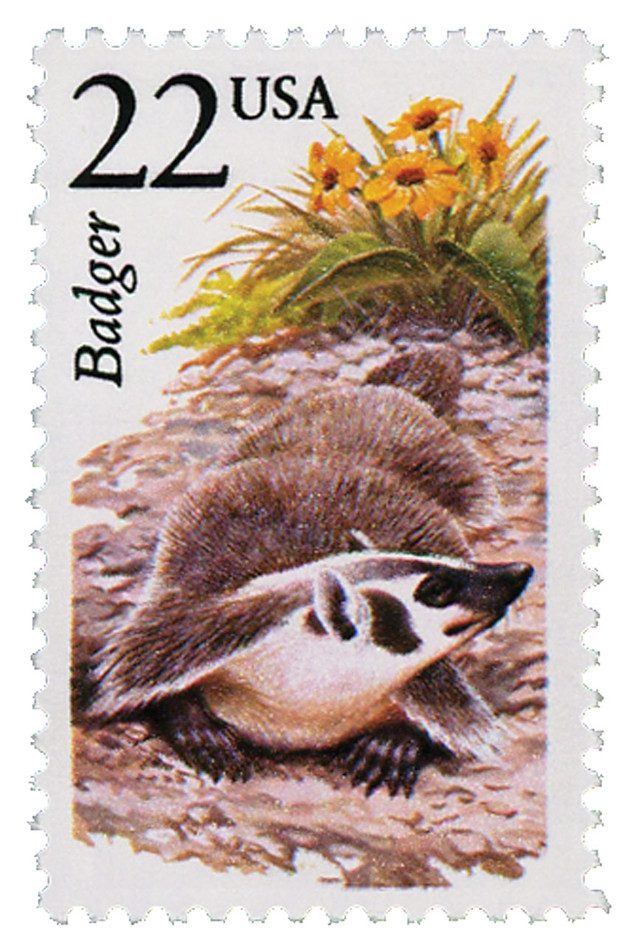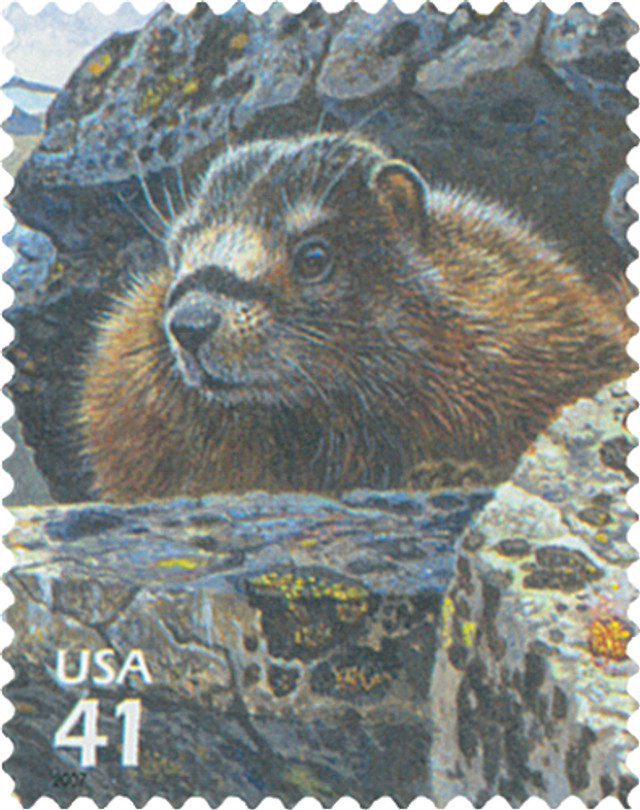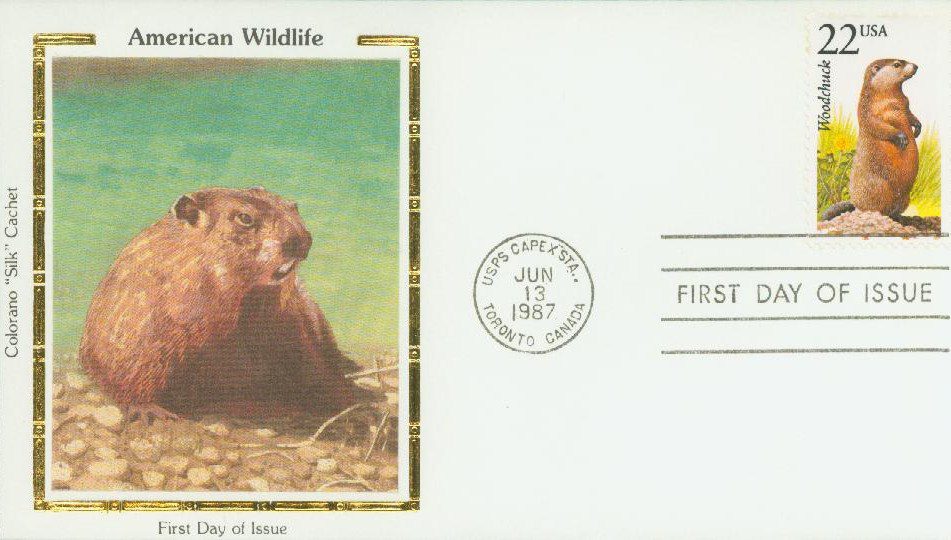On February 2, 1887, the first official Groundhog Day event was held in Punxsutawney, Pennsylvania. However, the tradition dates back much further to the Christian holiday known as Candlemas, and likely even further to the pre-Christian Celtic holiday of Imbolc.
Historically, the ancient Celts celebrated holidays based on seasonal turning points. Imbolc fell halfway between the winter solstice and the spring equinox. There are stories of Celts looking to see if snakes or other burrowing creatures had begun leaving their holes yet.
Like many pagan holidays, Imbolc was eventually Christianized and became Candlemas. On February 2, members of the clergy would bless and pass out candles to be used throughout the year. It was believed that if the sun was out on that day, the worst of winter was still to come, but if it was raining, winter was over.

In Germany, Candlemas included an animal – the badger – to predict the weather, and was also known as Badger Day. The German lore stated, “If the badger sunbathes during Candlemas-week, for four more weeks he will be back in his hole.” In different areas, other animals were used for the same purpose, including bears, foxes, and hedgehogs.
Dutch and German settlers brought this tradition to America, where the badger was replaced by the more common groundhog (also known as the woodchuck). The first written record of Groundhog Day in America was on February 2, 1840, in the diary of James L. Morris of Morgantown, Pennsylvania.
However, the 1887 celebration is often considered the first official Groundhog Day in America. On February 2 of that year, a group of citizens went to the Gobbler’s Knob part of town to observe the groundhog for the first time. Local newspaper editor Clymer Freas is often considered the father of “Groundhog Day” and many believe Groundhog Day events in America began in Punxsutawney.
Reportedly, the first groundhog was named Phil, and the group that held the event in Punxsutawney claimed he was the only true weather-forecasting groundhog. In spite of this, several other towns have their own celebrations and their own groundhogs, including Birmingham Bill, Staten Island Chuck, and Canada’s Shubenacadie Sam.
The Punxsutawney celebration is generally the largest, hosting as many as 40,000 people every year. As far as Phil’s accuracy, that’s up for debate. Over the years Punxsutawney groundhogs have predicted 105 extended winters and 20 early springs. One source claims he was accurate just 39% of the time. According to the Farmer’s Almanac, they’ve been accurate 50% of the time, while a team at Middlebury College states his long-term predictions were 70% accurate when measuring temperature highs and lows.
Click here to visit the Punxsutawney Groundhog Day website.
| FREE printable This Day in History album pages Download a PDF of today’s article. Get a binder or other supplies to create your This Day in History album. |
Discover what else happened on This Day in History.






I have seen the film ( realy enjoyed it)but did not realise that it was based around a real event, fascinating.
Wow! Fascinating 🧐 indeed.
Thank you Mystic Stamp for making me imagine the amount of research that went into this weather forecasting.
I think this has always been a fun day. Now we have the rivalry between Punxsutawney Phil and Staten Island Chuck. Chuck appears to be more accurate!
My Grandfather always called it “Candlemas Day” and he would say “half your wood and half your hay”. I have come to believe that saying came about when most heated with wood and had farm animals. If one did not half half of both that they started the winter season with they best barter with a neighbor to insure they would make it to Spring.